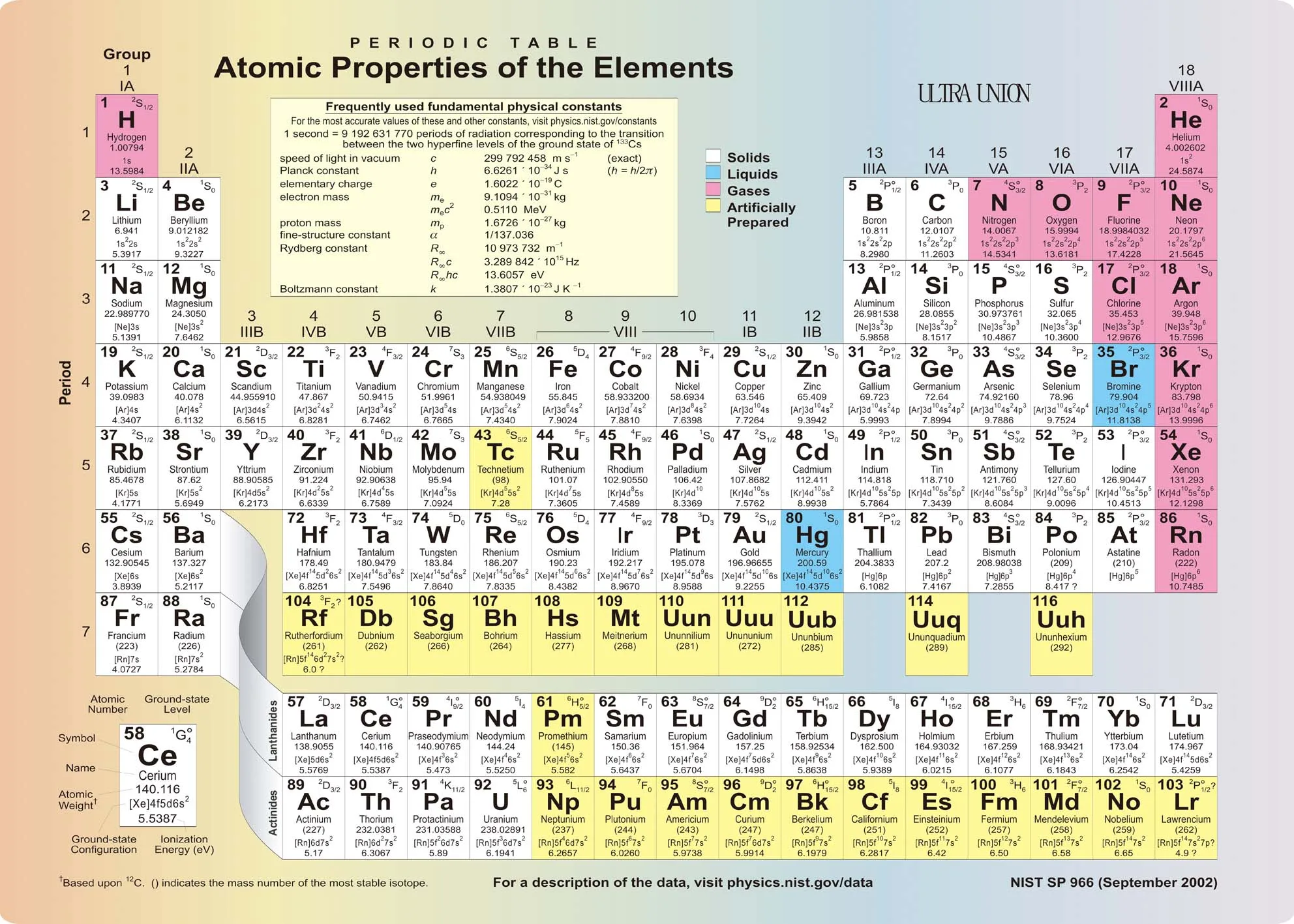


You can use this data table for creating trend charts or use lookup functions to use the data within calculations. If you'd like to create your own personal custom periodic table, you can download this Excel file and add your own sets of properties.ĭata: The spreadsheet also includes a worksheet that lists the property data for the elements. This spreadsheet was used to create the printable periodic table above and also contains a worksheet listing the data for various chemical properties.

The elements listed are arranged according to the increasing order of atomic number and their respective atomic weight, symbols, density, and electronegativity."No installation, no macros - just a simple spreadsheet" - by Jon Wittwer and Brent Weight Description Here is the table representing 118 elements of the periodic table. Such elements are present in Lanthanides and Actinides groups. f-block elements: These elements have the last electron filled in their f-subshell.d-block elements are also called transition elements as they have partially filled d-orbitals in their ground state. These elements have the last electron filled in their d-subshell. d-block elements : The elements present in groups 3 to 12 are d-block elements.The elements included in this block from different groups are termed as Boron Family (Group 13), Carbon Family (Group 14), Nitrogen Family (Group 15), Oxygen Family (Group 16), and Fluorine Family (Group 17). These elements have the last electron filled in their p-subshell. p-block elements : The elements included in groups 13 to 17 are p-block elements.The elements included in the s-block are Alkali metals and Alkaline Earth Metals. s-block elements: The first and the second group elements that have the last electron filled in the s-subshell are called s-block elements.Further, the elements are divided into different blocks. The 118 elements are arranged in 7 periods and 18 groups as shown below. ISRO CS Syllabus for Scientist/Engineer ExamĬlassification of Elements in the Periodic Table.



 0 kommentar(er)
0 kommentar(er)
